A Local’s Guide to Northeast Argentina
With landscapes that vary from the extreme stillness of the Ibera wetlands to thundering Iguazu Falls, the northeast belongs to peace seekers and intrepid adventurers. Local insider Martina reveals her favorite places.
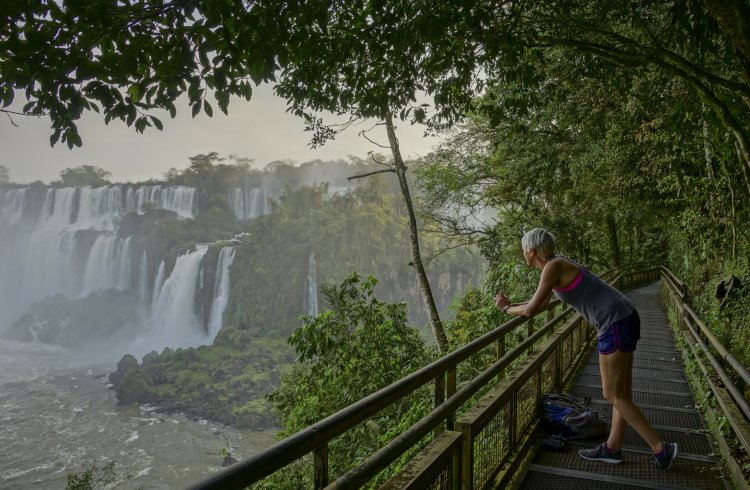 Photo © iStock/Bkamprath
Photo © iStock/Bkamprath
- Rosario
- Among rivers in Entre Rios
- Corrientes: sport fishing and Esteros del Ibera
- Misiones beyond Iguazu Falls
Along the Uruguay and Parana rivers lies Argentina’s Littoral (shoreline region). It’s worth devoting two weeks to exploring the Argentine Mesopotamia and falling into its slow rhythm. Though generally less expensive than Buenos Aires and Patagonia, you may need to rent a vehicle to get to some hidden gems.
This region is culturally rich, with indigenous tribes still living here. Make a point of visiting their communities and learning about their history and traditions.
If it takes you months to remove the red soil from your clothes, then you can say you’ve truly seen the region!
Rosario
known as the “cradle of the flag”, Rosario is a four-hour drive from Buenos Aires and the typical starting point for an itinerary across the Littoral. One of the country’s main cultural hubs, it’s the birthplace of many Argentinian icons – Che Guevara, Lionel Messi, even the country's flag.
Though Rosario is usually overlooked in short itineraries, it’s well worth a visit for its vibrant arts scene – check out the Silos Davis museum – and a riverfront lined with parks and pubs. If you visit during spring/summer, catch the 15-minute ferry from La Fluvial to La Isla, and enjoy a day at one of the many beach bars overlooking the city. Or hire a kayak to explore areas of the delta that not many people have access to.
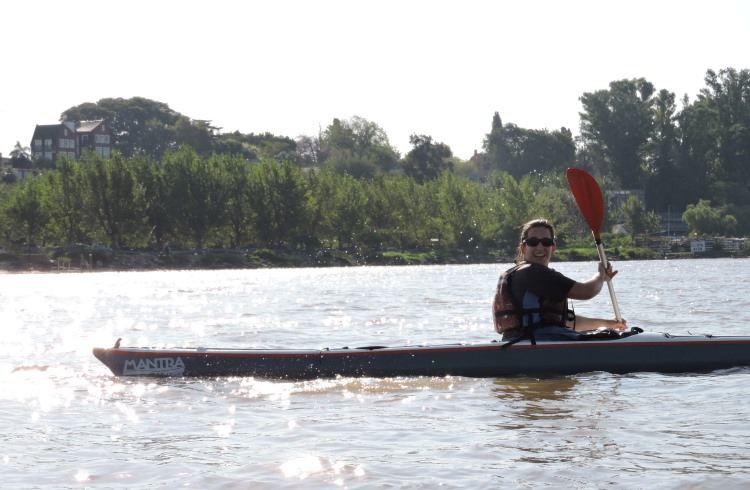
Among rivers in Entre Rios
Entre Rios hosts Argentina’s most important festival: the Gualeguaychú Carnival celebrated during January and February.
But Entre Rios is more than colored feathers and bling – it also offers a wide range of outdoor activities and a well-developed tourism industry. Try your hand at fishing in La Paz, the best fishing spot in Entre Rios. Or visit the Termas de Colon, one of many thermal baths in the province.
It’s fairly easy to get around using the long-distance buses network: Flechabus is the main operator in the region. Campsites, hostels, and ecotourism resorts are both numerous and affordable.
If you come around Carnival time, you’ll need to book in advance and be prepared for high temperatures and humidity.
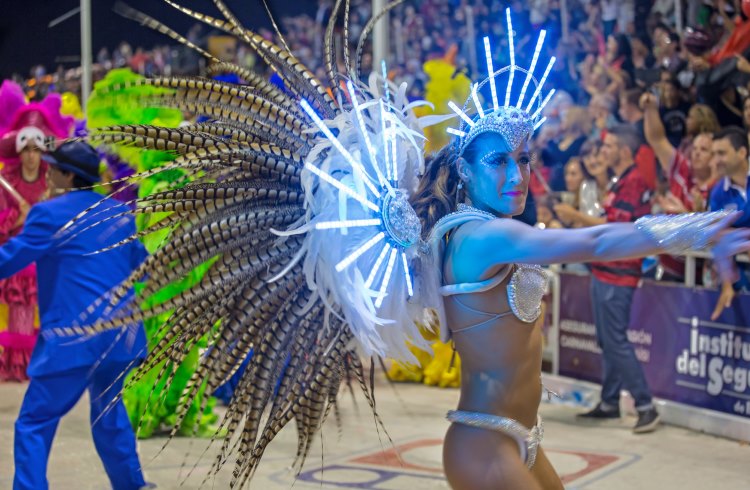
Corrientes: sport fishing and Esteros del Ibera
Travelers come to Corrientes province for two main reasons: the Esteros del Ibera, and world-class recreational fishing.
The Esteros del Ibera is the second-most important wetland in the continent. Now an official national park (as of December 2018), it’s gaining fame due to its huge variety of flora and fauna. Visit now, while it’s still off the main tourism radar.
The Esteros can be accessed in several ways. There are some eco-lodges near the northernmost point, but most visitors arrive via the town of Mercedes, about 68mi (110 km) south of the Esteros, where you can rent a car or take a bus to Colonia Carlos Pellegrini, a small village just outside the park. You’ll find numerous accommodation options here, including eco-lodges and campsites.
It’s a good idea to rent a car (ideally an SUV) as there’s not a wide range of public transport. Or, you can arrange a guided visit from Colonia Carlos Pellegrini or Mercedes, or book an all-inclusive package to stay in the park for around three days.
If you’re interested in recreational fishing, head to Goya or Paso de la Patria, famed hubs for Dorado and Surubi fish. You can organize your own adventure or hire a guide.
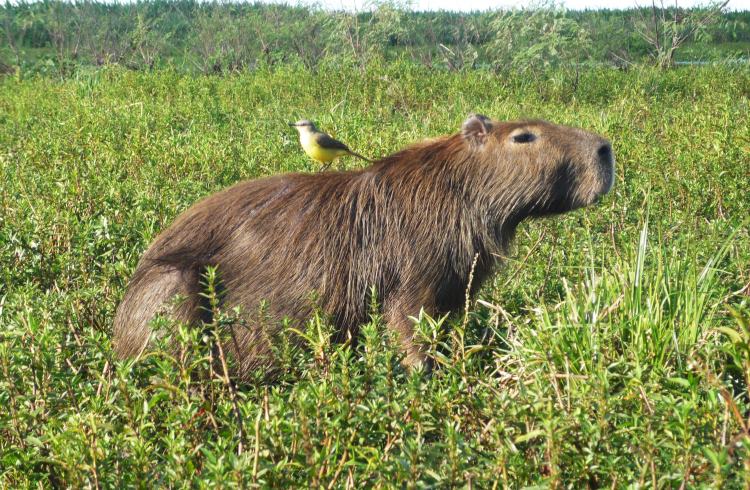
Misiones Beyond Iguazu Falls
The magnificent Iguazu Falls are the main draw to this region, and with good reason. But if you take time to venture further, you’ll be well rewarded. Renting a car is recommended if you want to explore the region in depth.
If you’re arriving from Corrientes, and want to visit the UNESCO-listed Ruinas de San Ignacio (a Jesuit Mission founded in 1632), consider overnighting at Saltos del Tabay, a huge campsite 29mi (46km) away near the Parana River.
From here, the Saltos del Mocona is worth a detour – this unique waterfall runs parallel to its river for 1.8mi (3km). The falls are visible for about 250 days per year when the river’s not at peak fullness. Before going, check the official website as the park closes on occasion due to weather conditions. If you don’t have a car, head to El Soberbio; there, you’ll find the only official transport that operates in the area.
Other popular waterfalls can be found in the vicinity of Puerto Iguazu: Salto de Mbocay and Salto del Turista.
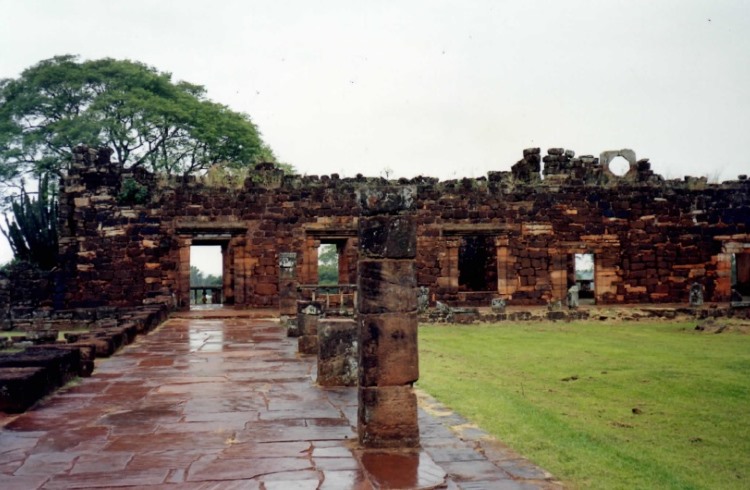
Related articles
Simple and flexible travel insurance
You can buy at home or while traveling, and claim online from anywhere in the world. With 150+ adventure activities covered and 24/7 emergency assistance.
Get a quote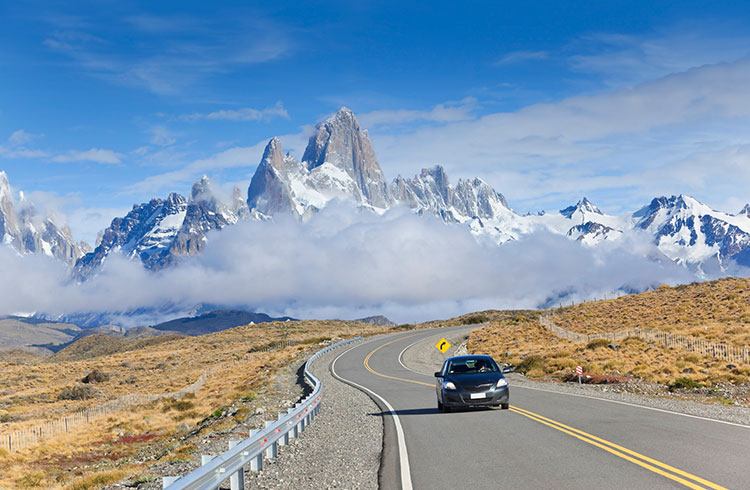
No Comments